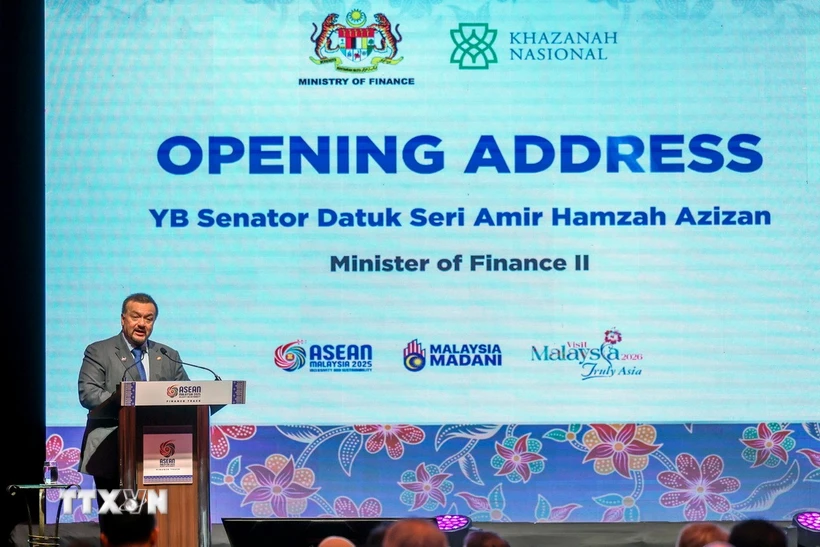
Malaysia's Second Finance Minister, Amir Hamzah Azizan, delivered the opening speech. (Photo: Bernama/VNA)
Malaysia's Second Finance Minister Amir Hamzah Azizan said that ASEAN's semiconductor market has the potential to exceed US$52 billion by 2032 by moving up the value chain.
Speaking at the opening of the April 8 discussion themed “Creating a Nation through Complementary Ecosystem,” one of the sideline events of the 12th ASEAN Finance Ministers and Central Bank Governors Meeting (AFMGM-12) and related meetings held in Kuala Lumpur, Minister Hamzah said that to grow the region’s semiconductor market, which is now expected to reach over US$31 billion by 2023, ASEAN must aim for value, not just volume.
This means moving up the value chain, focusing on design, manufacturing and intellectual property (IP) development at an early stage so that ASEAN is not only a hub for innovation but also a place where innovation starts.
No country can achieve such a coveted position alone, he asserted. Taiwan (China) did not rise on talent alone, and the US did not lead on capital alone. It was the interconnected, coordinated, and supportive ecosystems that made the difference. So ASEAN must do it, and ASEAN must do it together.
According to Mr. Amir Hamzah, ASEAN has great potential to shape the next chapter of the global semiconductor story because it possesses deep industrial capabilities, a growing pool of skilled engineers, increasingly modern innovation centers, and access to some of the world's most dynamic consumer and enterprise markets.
He stressed that ASEAN's strength does not lie in doing the same thing everywhere but in doing things together that complement each other.
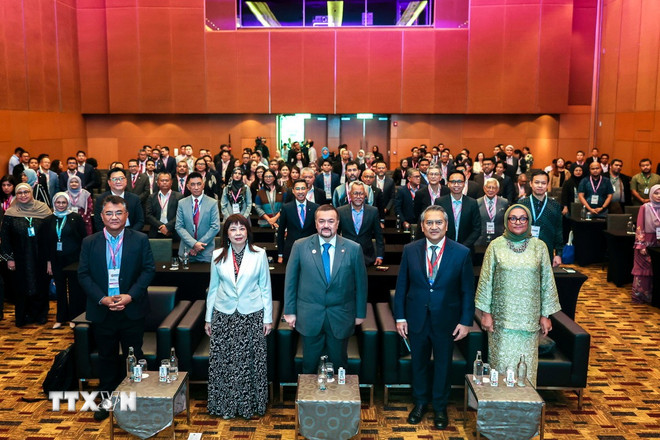
Malaysia's Second Finance Minister, Amir Hamzah Azizan (second from left) poses for a photo with delegates attending the conference. (Photo: Bernama/VNA)
With the right coordination, ASEAN can become an integrated, agile, and future-ready semiconductor manufacturing region. However, ASEAN must be clear-headed about the challenges.
Assessing the real-world semiconductor environment, he said the realignment of global supply chains due to rising geopolitical tensions and protectionist trade policies is reshaping global production and trade patterns.
The US's introduction of reciprocal tariffs on countries with trade surpluses, including a 24% tariff on Malaysian exports, is not an isolated development but part of a larger shift towards more inward-looking policies.
For ASEAN, however, the move is a watershed moment that requires clarity, coordination and shared resolve.
He believes that ASEAN's best response is not to retreat into protectionism, but to gain advantage through integration.
At the same time, ASEAN must diversify its supply chains, support open regionalism through frameworks such as the Regional Comprehensive Economic Partnership (RCEP) and the Comprehensive and Progressive Agreement for Trans-Pacific Partnership (CPTPP), and make full use of tools such as the ASEAN Single Window to reduce conflicts and build trust.
In fact, he noted, ASEAN has produced more than 10 “unicorns” with a combined value exceeding $34 billion since 2012. However, the region’s startup ecosystem still suffers from uneven access to capital, fragmented markets, and limited support.
If semiconductors are the hardware of the future economy, startups are the operating system that drives acceleration, adaptability and innovation, he said. But bold ideas can’t scale in isolation.
To thrive, startups need an infrastructure of opportunity: clear rules, open markets, trusted networks, and parallel development organizations./.
Source: https://www.vietnamplus.vn/thi-truong-ban-dan-asean-co-tiem-nang-vuot-52-ty-usd-vao-nam-2032-post1026538.vnp



![[Photo] Prime Minister Pham Minh Chinh and Prime Minister of the Kingdom of Thailand Paetongtarn Shinawatra attend the Vietnam-Thailand Business Forum 2025](https://vphoto.vietnam.vn/thumb/1200x675/vietnam/resource/IMAGE/2025/5/16/1cdfce54d25c48a68ae6fb9204f2171a)




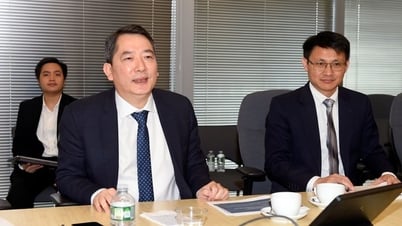

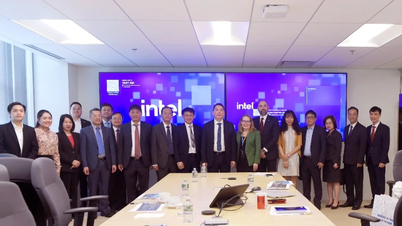





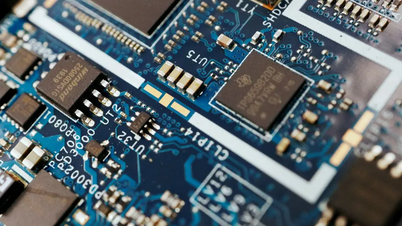



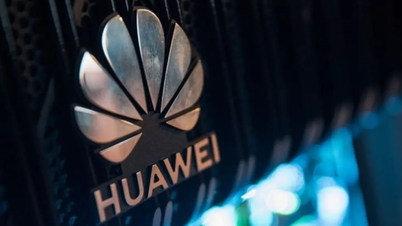



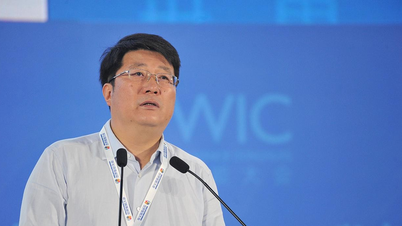








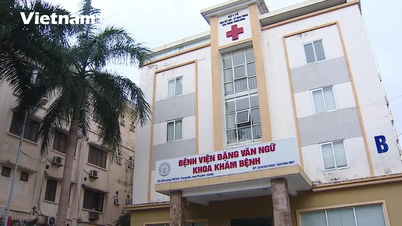
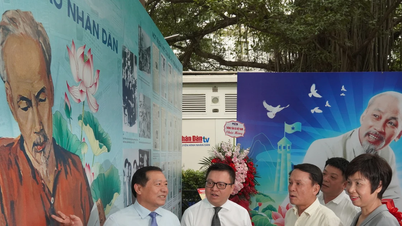

![[Photo] President Luong Cuong receives Prime Minister of the Kingdom of Thailand Paetongtarn Shinawatra](https://vphoto.vietnam.vn/thumb/1200x675/vietnam/resource/IMAGE/2025/5/16/52c73b27198a4e12bd6a903d1c218846)











































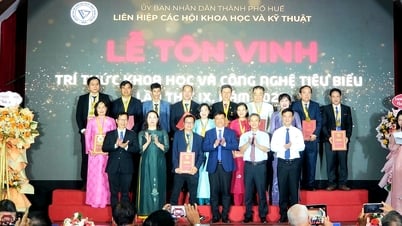

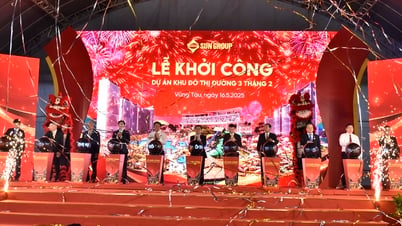

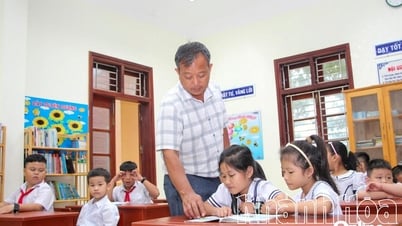

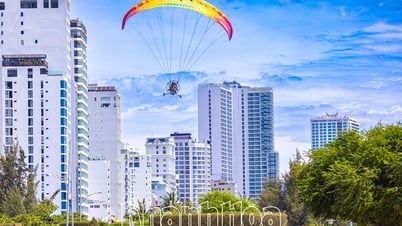









Comment (0)